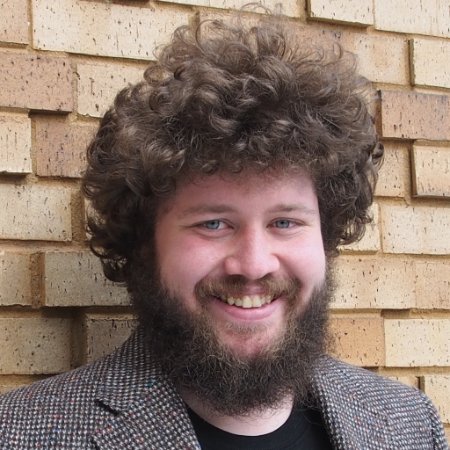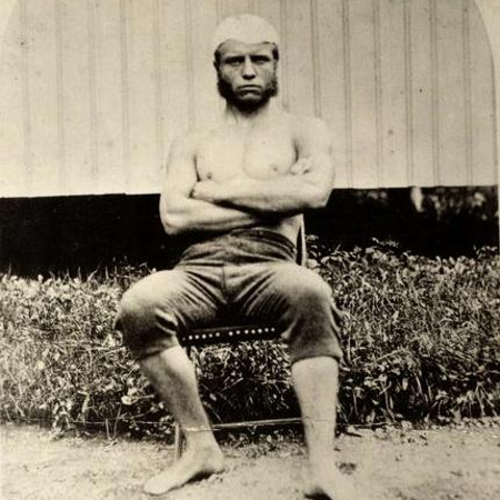A few years ago I ran into the allRGB contest. The gist of allRGB is to design a procedure for producing images with every single RGB color used exactly once. Since then I’ve had ideas simmering on the backburner as I thought about how I would approach the problem.
I settled on populating my images using a modified 2D random walk in which I can move in any of the cardinal directions to any unvisited neighbor. At each step of the walk, I select the next color in sequence for placement. If the random walk ever gets trapped (all four cardinal neighbors have already been visited), then I search for the closest unvisited pixel. This approach, as I had it implemented, produces images that pretty consistantly look like this
The clustering bottom right is caused by my approach to teleportation. Currently, the search for the nearest neighbor begins in the bottom right and searches in a square of a given radius around the pixel. Until an empty neighbor is found, the radius of search is increased. I moved to this approach when teleporting from maintaining a list of all unused pixels and randomly picking one for two reasons. First, the list of all unused pixels approach caused pretty significant slowdown when needing to add or remove elements and when picking a random element (using the random.choice method). Second, I wanted a more cohesive image and teleporting to far away regions broke up color regions. When I moved to nearest-unvisited-neighbor teleports, the cohesion of the image improved a lot.
Color advancement is handeled with an approach best described by the following for loop:
for red = 255 to 0 by red -= k
green = 255 to 0 by green -= k
blue = 255 to 0 by blue -= k
use reggreenblue
By adjusting the value of k, I can more quickly cover the full range of rgb
colors (even if I don’t hit quite all colors). This is useful in both for
testing and in case I want to use the procedure to fill in colors on an image
smaller than 255^3 and produce results visually similar to a full-sized allRGB
image.
Although it’s not compatible with the origional allRGB contest, I think it might be adventageous to try a HSV color space rather than RGB. Using this approach provides, I think, a more natural way to think about moving within the color space when picking colors to place in the image.
I’ll post a new entry once I get the improvements to nearest neighbor searching implemented and perhaps also once I get HSV implemented.


